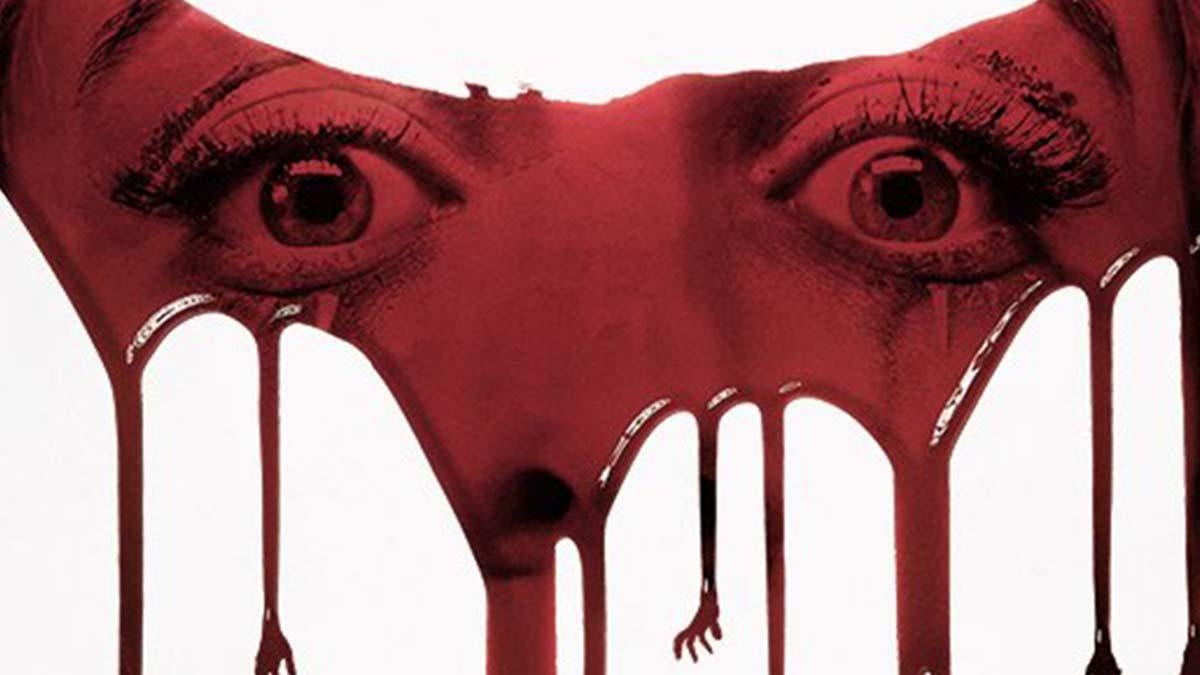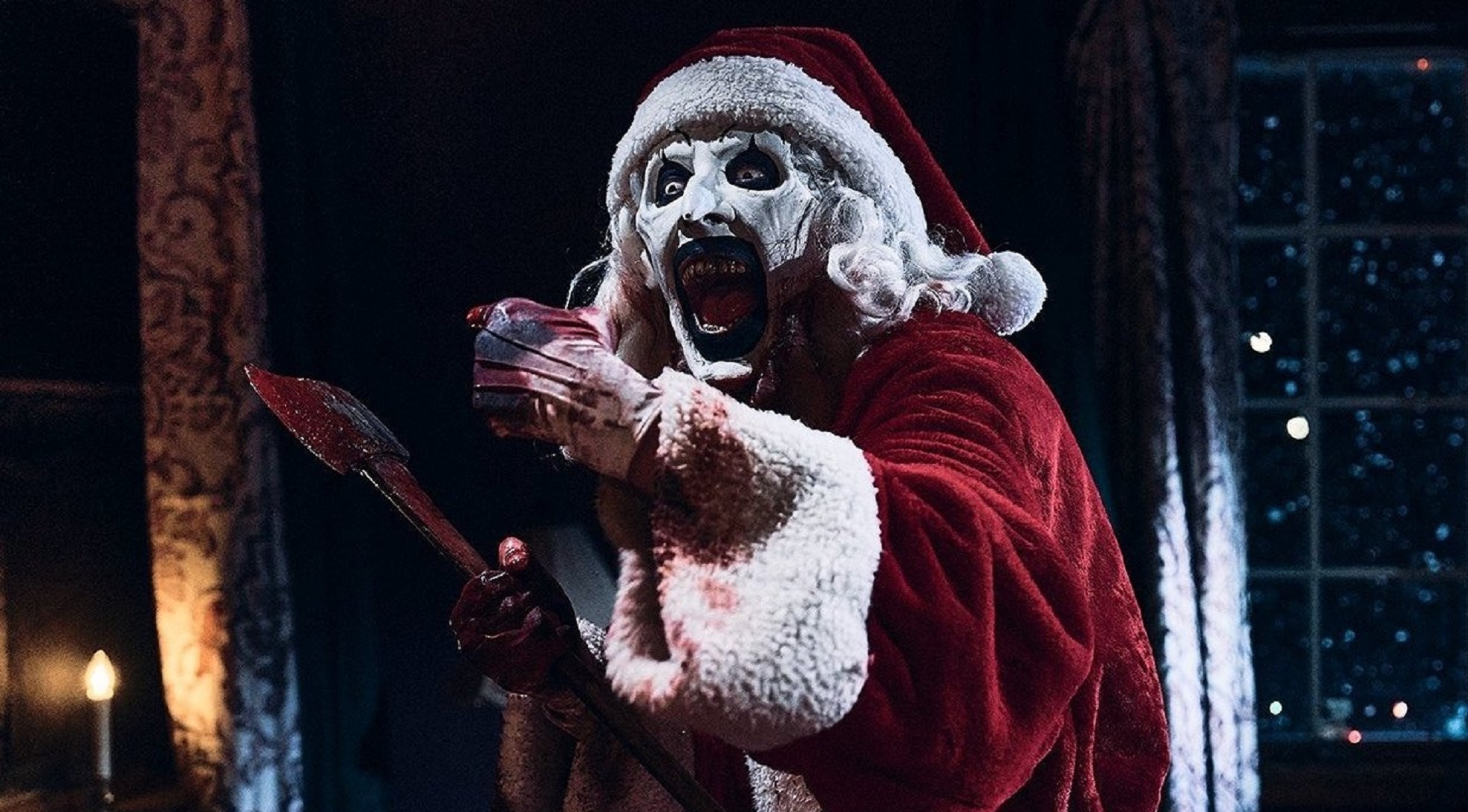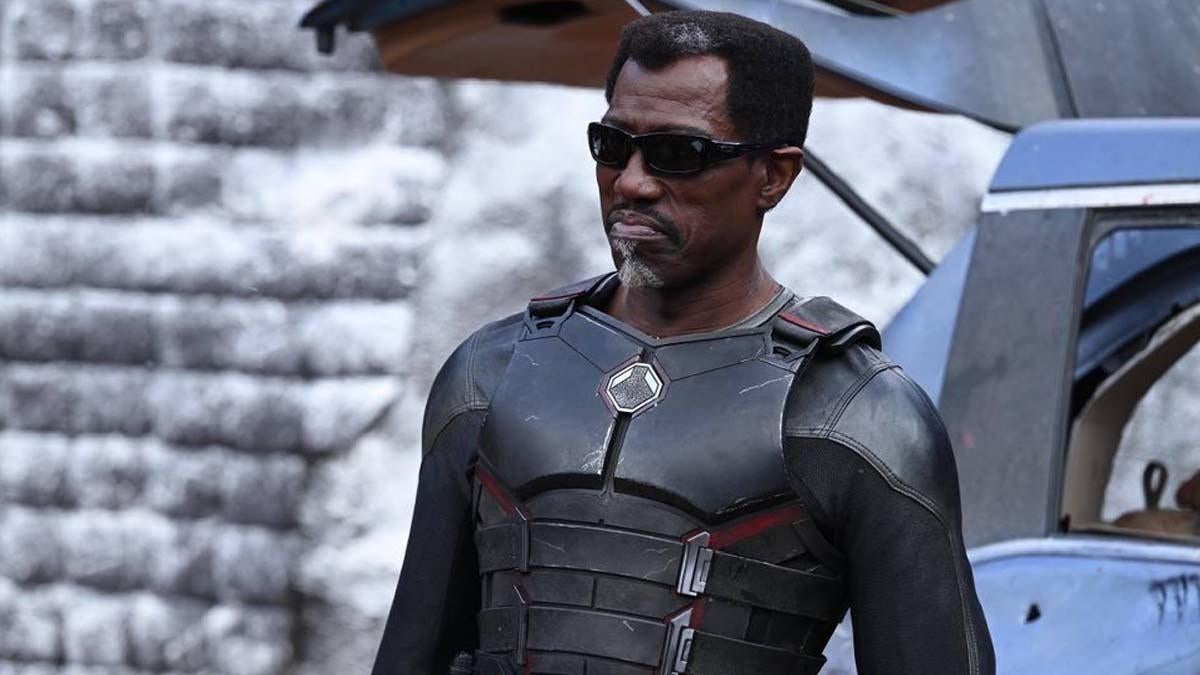For so many, A Charlie Brown Christmas is a delightful and moving fixture of every single holiday season. You don’t even have to celebrate Christmas to enjoy the well-timed jokes, distinctive animation, or joys of Snoopy. Plus, who doesn’t get a little misty-eyed finally seeing that ol’ blockhead Charlie Brown get appreciated by his friends, by way of them crooning “Hark! The Herald Angels Sing” to him? It’s a terrific piece of storytelling that, 60 years later, is just as effective and beautiful as ever. The enduring appeal of Charles M. Schulz’s original characters is still crystallized magnificently in this half-hour special.
Videos by ComicBook.com
Despite its ubiquity and artistic merits, the original version of A Charlie Brown Christmas has almost certainly evaded your eyeballs. Yes, director Bill Melendez’s masterpiece had a different incarnation that first hit the airwaves in 1964, but has vanished from popular consciousness today. But what exactly was in this original iteration of A Charlie Brown Christmas that has only become urban legend today?
Today, younger viewers are used to TV shows emerging from cable and especially streaming outlets that don’t constantly remind you of corporations that sponsored your favorite productions. Product placement still exists in modern programming, but the days of Chuck orienting entire post-Season 2 plotlines around Subway are largely in the past. In the past, most television programming aired on broadcast stations that were even more beholden to marketers. Commercials didn’t just keep the lights on, they typically seeped into the programs themselves. This included A Charlie Brown Christmas.
Outlets like The Huffington Post and KXAN NBC have, in recent years, reminded folks that A Charlie Brown Christmas was originally sponsored by Coca-Cola. This resulted in the Peanuts gang directly interacting with the brand multiple times in the special, such as Snoopy tossing Linus into a Coca-Cola sign in the opening scene. That closing “Hark! The Herald Angels Sing” performance even initially concluded with the tune fading out before an announcer wished viewers a “Merry Christmas” from folks associated with Coca-Cola. Now, “Angels Sing” just trails off into silence.
It’s difficult to tell in the modern world when these Coca-Cola product placements were removed from annual versions of A Charlie Brown Christmas. Sources like the Peanuts Wiki allege that subsequent restrictive FCC rules over product placement in children’s programming inspired the deletion of this material, but that’s an allegation on a publicly maintained wiki. What is clear is that these adverts were removed early enough in the Charlie Brown Christmas run that, for many decades, scenes like Linus hitting the Coca-Cola sign were considered “lost media.” It would take until the mid-2010s for this footage to re-emerge online.
What Other Christmas Specials Have Weird Deleted Scenes?
The same year A Charlie Brown Christmas premiered, Rudolph the Red-Nosed Reindeer dropped onto the airwaves. It, too, featured a scene that would quickly get cut from later rebroadcasts, in this case concerning supporting character Yukon Cornelius finally finding a peppermint mine and striking it “rich.” Unlike the deleted Coca-Cola Charlie Brown Christmas scenes, this Yukon sequence would make it to Rudolph’s DVD release in the 2000s. However, before that, it was lost from public circulation for nearly 40 years given that, per The Huffington Post, the scene only aired in the special’s original 1964 broadcast.
Meanwhile, the first Frosty the Snowman broadcast had legendary voiceover performer June Foray playing the various adolescent characters, including protagonist Karen. Subsequent versions dubbed her over with children actors, with the original version being lost to time. Then there was the original version of How the Grinch Stole Christmas, which was originally bookended with voiceover narration singing the praises of primary sponsor The Foundation for Full-Service Banks. This incarnation has only reemerged online in the last ten years after being lost to the ages for nearly 50 years.
These varying versions of reliably familiar holiday specials speaks to how broadcasters looked at these programs in the 1960s. Nobody in 1964 thought they were dealing with productions people would still huddle around televisions and watch 60+ years later. Many executives and producers saw these entities as a chance for familiar characters like Snoopy and The Grinch to hawk familiar brands. Archival preservation wasn’t a tip-top priority. Meanwhile, as these programs shifted around various TV networks and sponsors, they were inevitably cut and trimmed to fit new marketing demands.
Not even a masterpiece like A Charlie Brown Christmas was exempt from this practice. Cynical business practices (like a Coca-Cola sponsorship) helped get this project off the ground. Such tendencies would later make the original incarnation of the special impossible to procure. Thankfully, cutting out the Coca-Cola references didn’t impact any of the important sequences in this holiday season treasure. However, the trimming of A Charlie Brown Christmas and other holiday specials reflects the initially lowly status of productions now considered sacrosanct.






